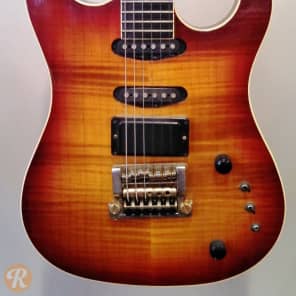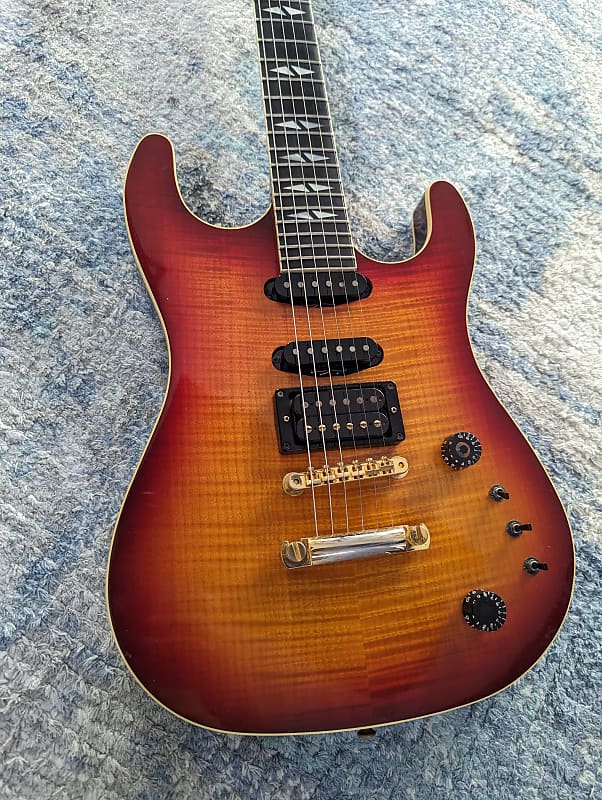

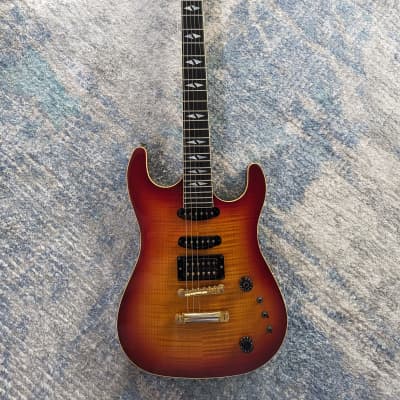
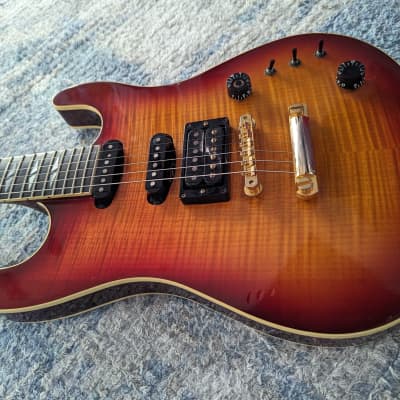
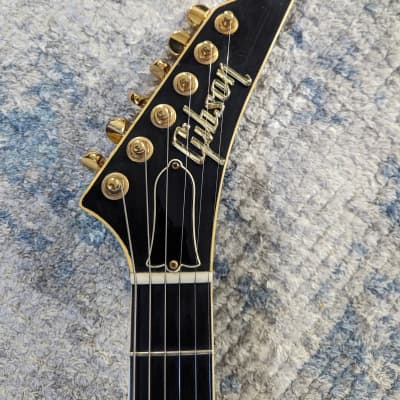
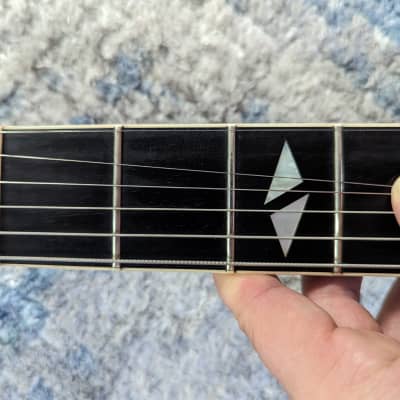
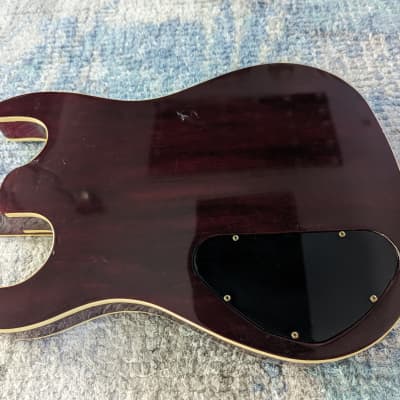
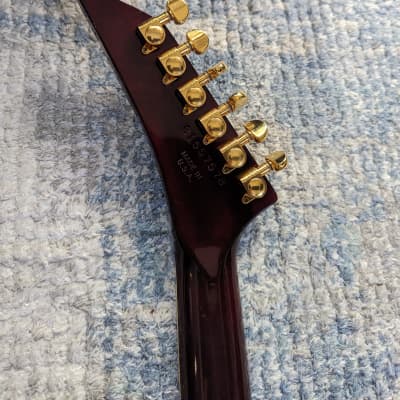
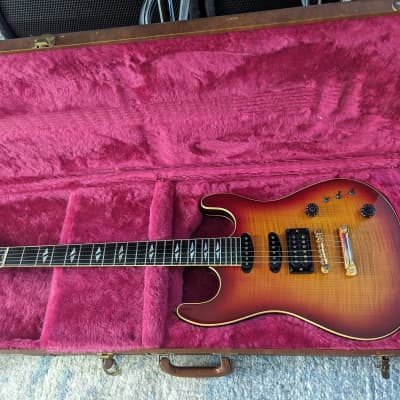

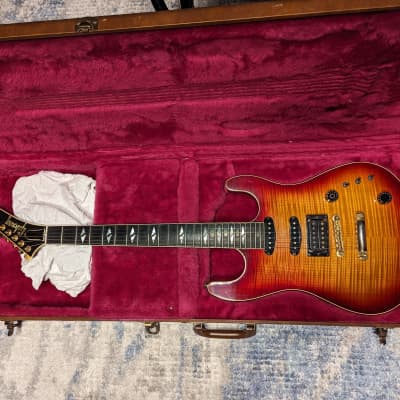
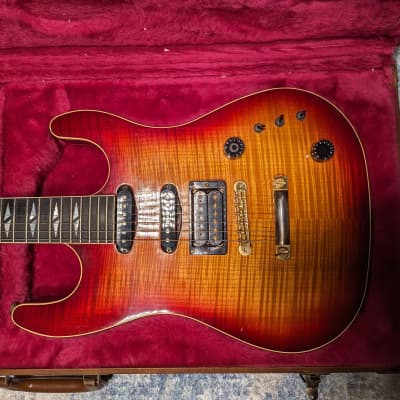
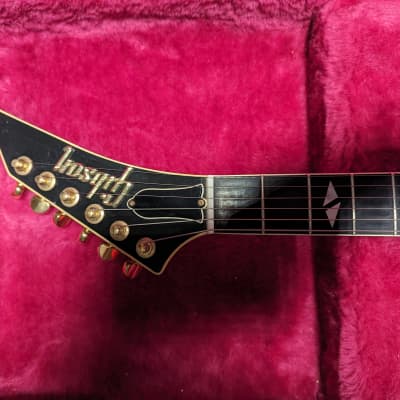
Gibson US-1 1987 - Sunburst
Original Price$3,554
New Price$3,095.42
$458.58 price drop
+ $267.51 Shipping
Predicted to Sell Soon
Only 1 available and 1 other person has this in their cart
Listed:15 days ago
Views:202
Watchers:29
Offers:0

Toronto, Canada
Reverb Buyer Protection
Reverb has your back if your item is lost, damaged, or doesn't match its description. Simply report any issues within 7 days and we'll help you get a full refund.Learn More

